How to water geraniums at home in winter?
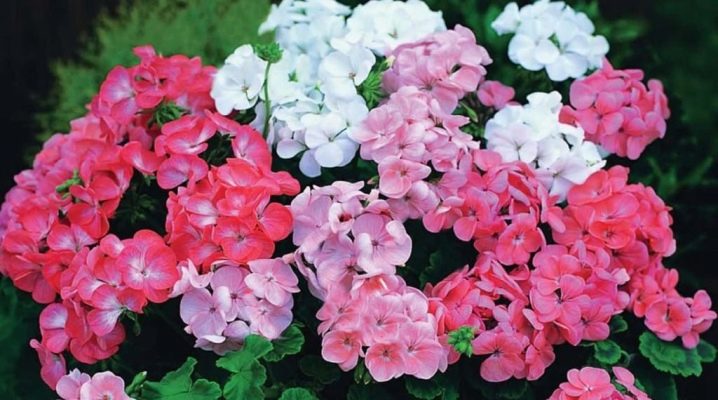
Any plant needs special care and proper watering. A popular houseplant like geranium is no exception. It is easy to take care of such a flower, the main thing is to follow simple rules and remember that in winter the plant needs special care.
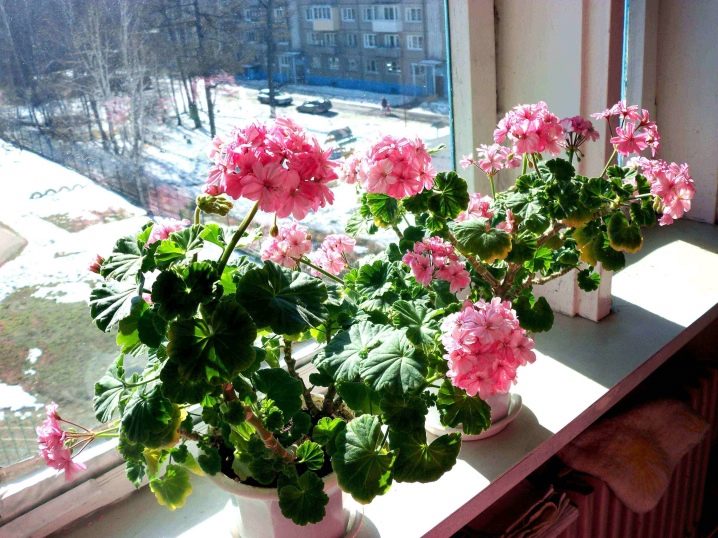
Features of winter content
Timely watering and proper care allow amateur flower growers to achieve excellent results. Thanks to competent care, geraniums will delight with their lush flowering and will decorate any interior. In order for the plant to be healthy and beautiful, it is necessary to properly care for it. Especially in winter.
Geranium or, as many gardeners call this plant, pelargonium is a very unpretentious plant.
This plant is very fond of water and sometimes requires very abundant watering. But in winter, the frequency and amount of watering should be reviewed, since excess moisture can harm the flower.
In addition, many growers are accustomed to spraying the plant with water during the hot season. But spraying in winter can seriously harm the health of the plant. Therefore, if you want to preserve the health and beauty of your beloved home plant, then you should familiarize yourself in more detail with the rules for caring for it in the cold season.
In winter, you need to try to create the most suitable and comfortable conditions for geraniums, which will save the plant and protect it from diseases. It is worth noting that there are some varieties of this flower, which, with proper care, delight with their lush flowering even in winter.

Remember that in winter, this type of plant should be kept in a cool room. Therefore, it is not necessary to move it to the warmest room in the same way as it cannot be placed next to heating devices. The optimum temperature during this period is +9.10 degrees Celsius. In a too warm room, geranium can continue to actively grow and bloom, which ultimately will lead to the depletion of the plant itself, and in the spring this will negatively affect the general condition of the flower.
Besides, do not forget that geranium is very fond of light. If, in winter, keep the flower in the shade or in a room with partial darkening, then in the spring the plant will not delight you with lush flowering.
It is important to remember that daylight hours for this type of plant should be at least 12 hours.
In the event that there is not enough light in the room, you will have to equip it with additional lamps, otherwise geranium leaves will begin to wither, turn yellow and fall off strongly.
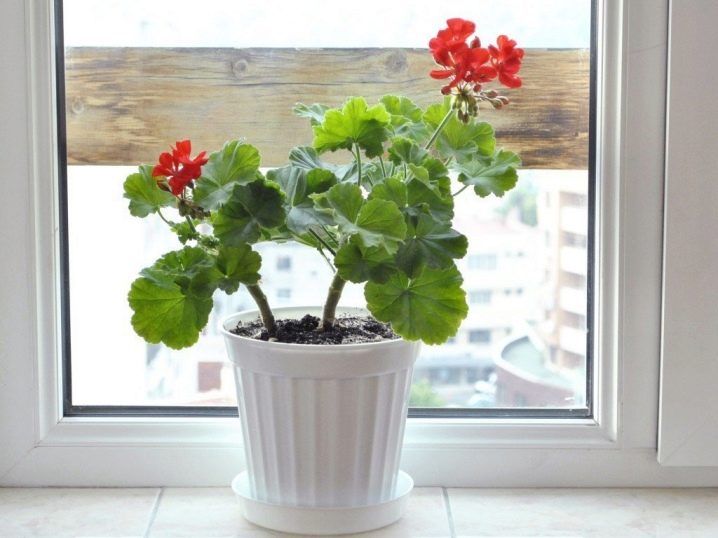
It is imperative to reduce the frequency of watering in winter, otherwise excessive moisture will lead to serious problems such as rotting of the root system. As a result, due to improper watering, the plant may die.
It is also impossible to dry the flower, since a lack of moisture also leads to negative consequences.
In the cold season, this type of home plant needs feeding, which should be carried out once a month and a half. This will maintain the health and beauty of the flower itself.
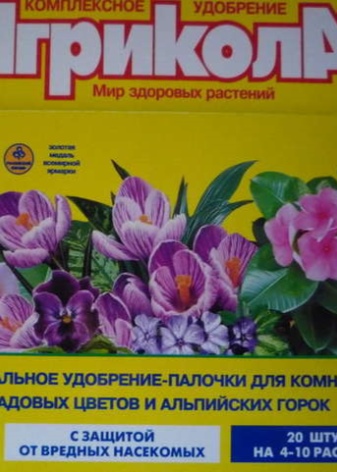
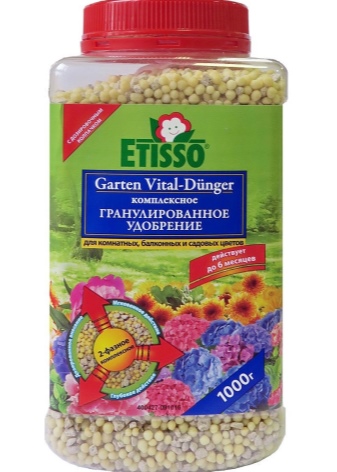
Proper care and maintenance of a plant in winter is the key to beautiful, healthy flowering and growth in spring. If you want your beloved geranium to become even more magnificent with the onset of warmth and delight you with numerous flowers, then in winter it is very important to carry out proper pruning.Any florist, even a beginner, can cope with this task. By the way, the trimmed tops of this plant can not be thrown away, since they can be planted.
It is important to remember that while it is cold winter outside, it is absolutely impossible to transplant geraniums.
There is a high probability that after the winter transplant, the plant will not take root and die. In addition, transplanting during the cold season significantly slows down the growth of even a healthy plant.

Watering frequency
The so-called "dormant period" for this type of house plant begins in November and lasts until the beginning of spring. It means that you will not need to water geraniums at home in winter as often as you did in summer or spring... In cold weather, watering should be moderate, which will maintain the health and beauty of the plant until spring.
Watering frequency depends on how quickly the soil dries out. When caring for geraniums, you do not need to adhere to any special and complex irrigation schemes, everything is very simple and easy.
With the arrival of severe cold weather, geranium will not need frequent watering, it is enough just to moisten the soil every ten days. If the weather outside the window is not too cold, and the soil dries out quickly, then watering is carried out once every 2 weeks, sometimes less often. We recommend monitoring the degree of dryness of the soil itself, which will allow timely watering. If the soil in which the geranium grows has become completely dry, then this means that the flower needs watering.
You can easily check the drying of the soil using the most ordinary stick. If the first centimeter of soil is already dry, then watering can be carried out.
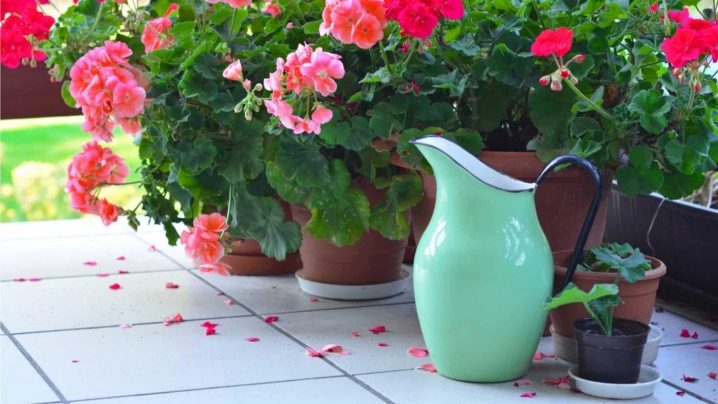
In no case do not allow the soil to dry out excessively, this can negatively affect the health of the plant. Remember to water regularly and on time. Many novice flower growers make a gross mistake - abundantly moisturizing the soil after severe drying. This irregular watering will cause the flower to ache. In addition, stagnation of water in the sump should not be allowed, this negatively affects the health of the root system of the plant itself.
If the geranium has become lethargic, began to quickly get rid of the foliage, and the main stem is poorly fixed in the soil, then this indicates that you are too much moisturizing the plant. If these signs appear, reduce the amount of water and leave the amount of water the same.
In the event that cracks appeared on the surface of the soil, the tips of the leaves began to dry out a little or turn yellow, then this indicates a lack of water. In this case, it is worthwhile to slightly increase the volume of liquid and the frequency of watering.
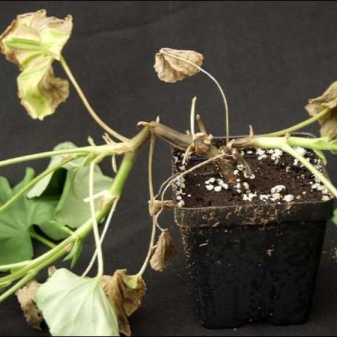
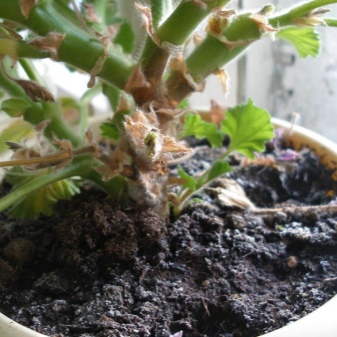
What kind of water is right?
The health and beauty of this home plant depends on the quality of the water. If you water a flower with hard and unfiltered water, then even if you follow all the rules for watering and care, the plant will start to hurt and may even die. Therefore, if you want to maintain the health of the plant, to achieve lush flowering, then you should pay special attention to the quality of the water.
First of all, the water must be clean, without any harmful impurities and salts. It is also very important that the water is soft.
As you can imagine, water directly from the tap does not fit the above description.
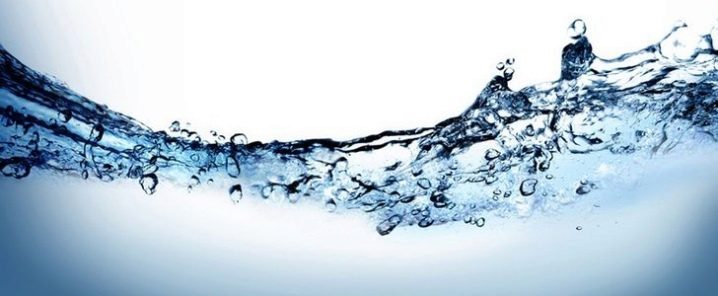
If, after watering, you begin to notice that white streaks or spots appeared on the surface of the soil, and the leaves became lethargic and weak, then this indicates that you are using too hard water.
To improve the quality of tap water, it must be defended for two days.
In addition, tap water can be filtered or boiled, which will also make it possible to obtain a liquid of the required quality for irrigating geraniums.
Rainwater is great for irrigation. Florists have repeatedly noted the fact that watering with rainwater has a beneficial effect on the growth and flowering of a plant. You can also use melt water, if possible.
It is very important to irrigate with not too cold, but also non-hot water. The liquid should be at room temperature, otherwise, improper watering will lead to the fact that the geranium root system will begin to rot.


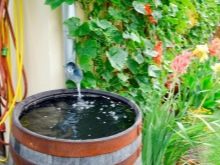
The ways
There are several ways to water a potted geranium. Despite the fact that the plant has a very positive attitude to moisture, it is best to prevent water droplets from getting on the stems and leaves during watering. Therefore, it is recommended to use a watering can with a long and narrow "spout", which will make it convenient to water the plant along the walls of the container. At the same time, remember that water stagnation should not be allowed in winter, otherwise the roots of the plant will begin to rot a little, and the flower may die. Watering the plant at the root, especially in the cold season, is not recommended.
The plant will feel great if you transfer it to wick watering. On wick irrigation, a home flower will receive as much moisture as it needs.
In addition, this method of watering helps out if you need to leave home for a long time, and there will be no one to water the flowers.
We should also mention that wick irrigation system is excellent for this type of plant... Such a system allows plant growth to be accelerated, and fertilizers will be better absorbed by the root system.
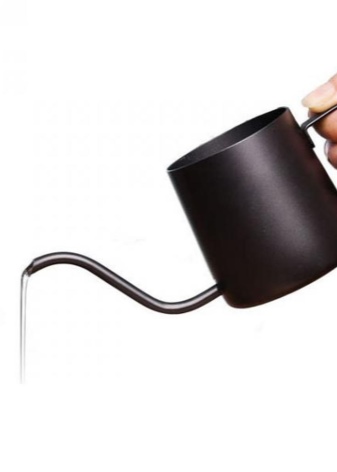

Top dressing
This type of home plant is best grown in small containers. When geraniums grow in a small pot, they end up with good growth and lush bloom. But there is also a small disadvantage in that the flower grows in a small and not spacious container. Because of this, all useful and nutrients are washed out of the soil too quickly. Therefore, this type of plant needs regular feeding.
The so-called liquid substances are most suitable for geraniums. Thanks to this, top dressing can be easily combined with watering. Stimulating drugs, which contain all the necessary nutrients for the full and healthy growth of geraniums, can be purchased at any flower shop.
It is better not to fertilize with stimulating substances in winter, as this can provoke active growth and flowering.
Many amateur flower growers feed their favorite flower using the most common iodine. For a liter of purified water, add only 2-3 drops of the most common iodine, and mix everything thoroughly. With this solution, you can water a home plant once every 3 weeks. You need to water the soil with a solution along the walls of the container so that the liquid does not get on the stem itself and does not harm the root system and the entire plant.
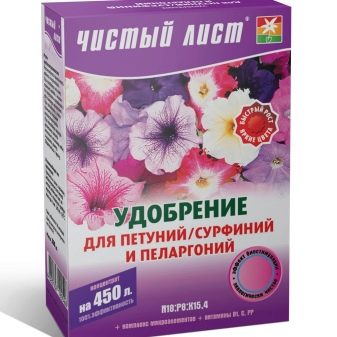
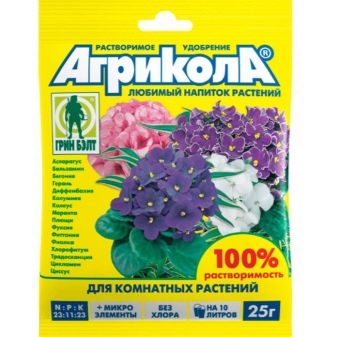
For information on how to care for geraniums at home, see the next video.







































































































The comment was sent successfully.